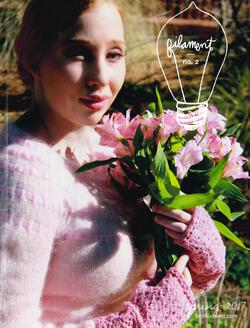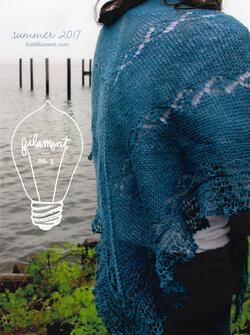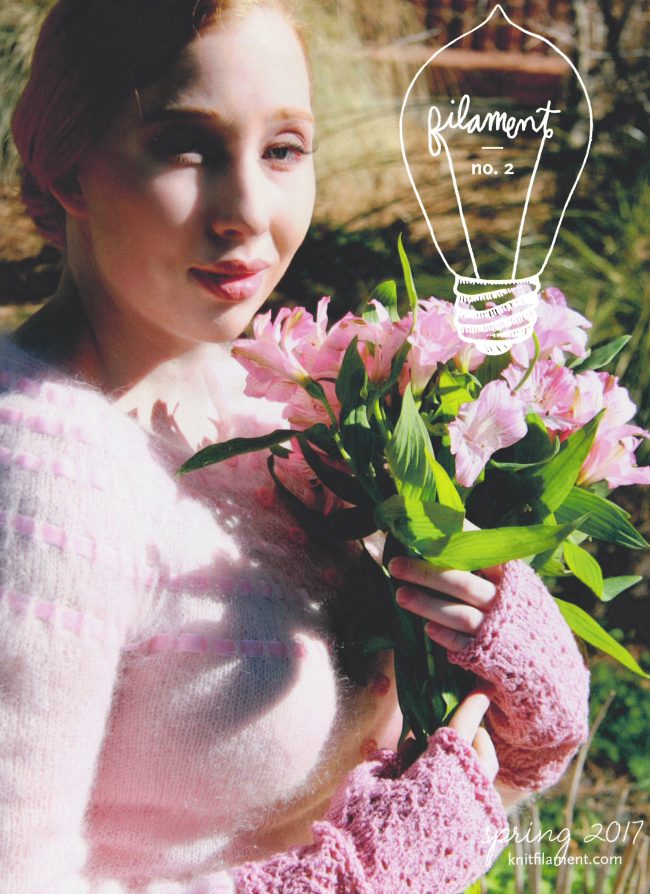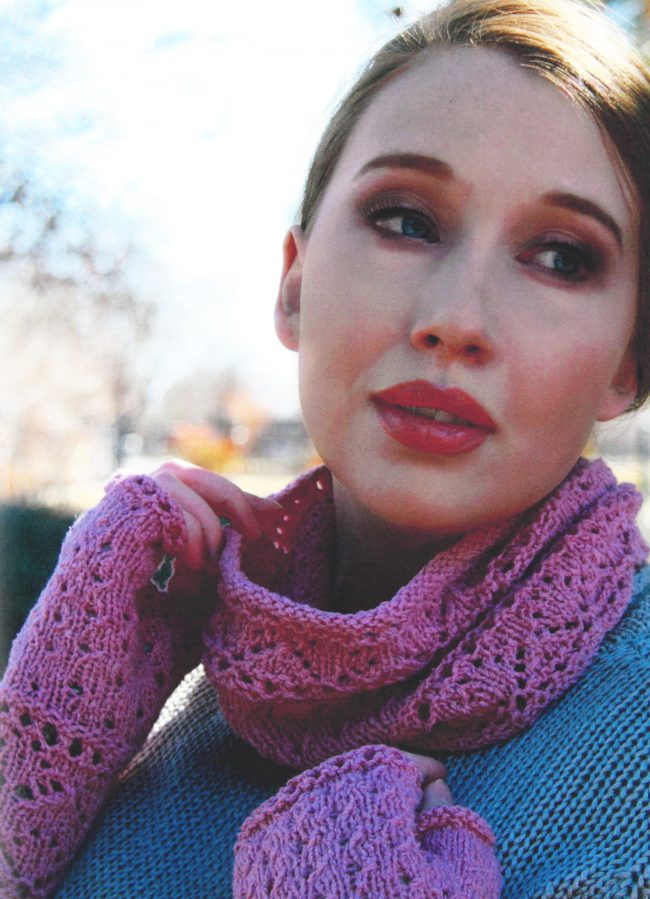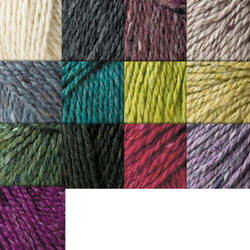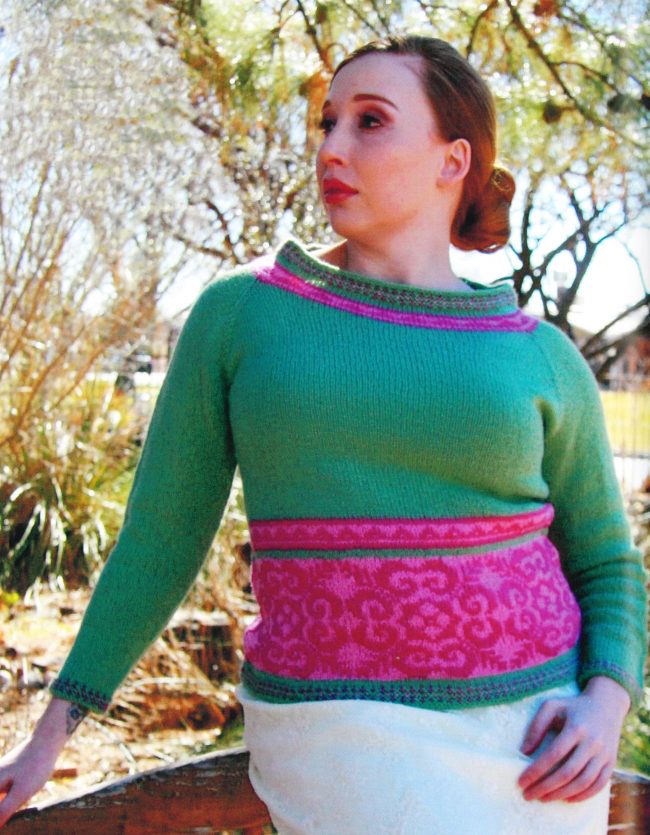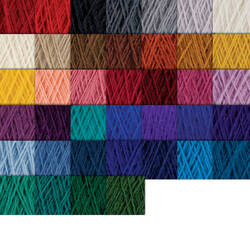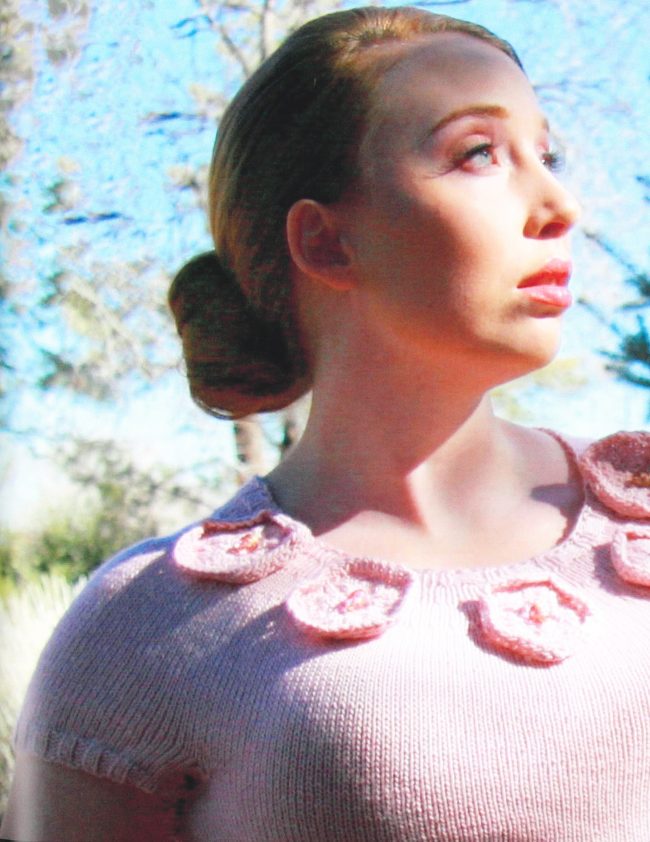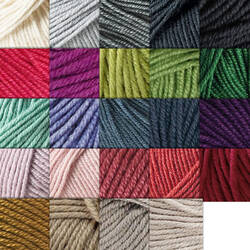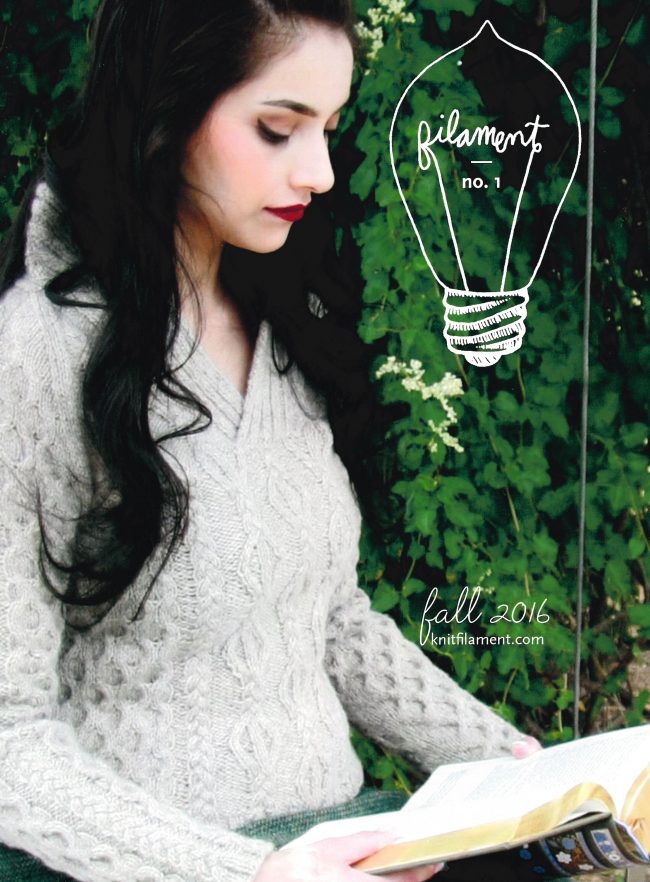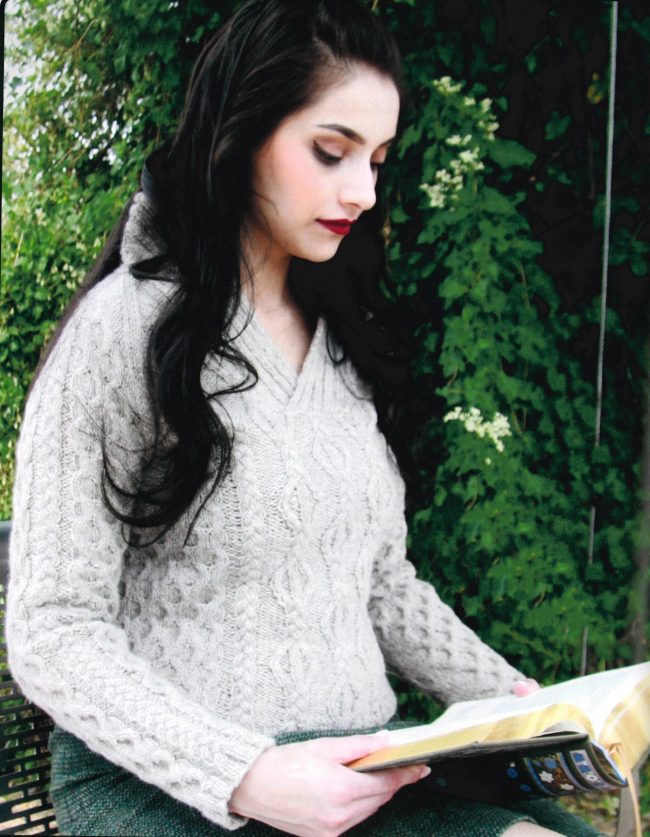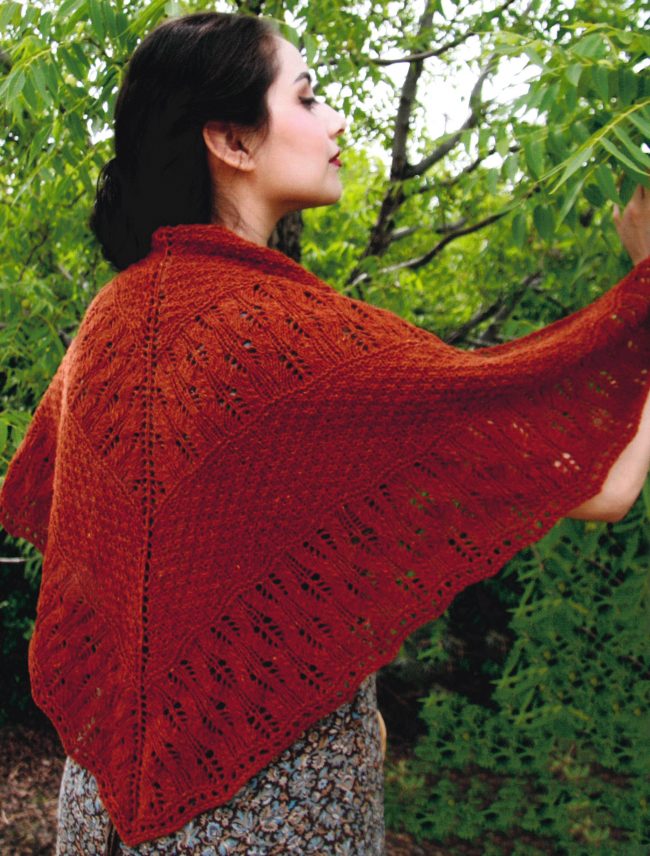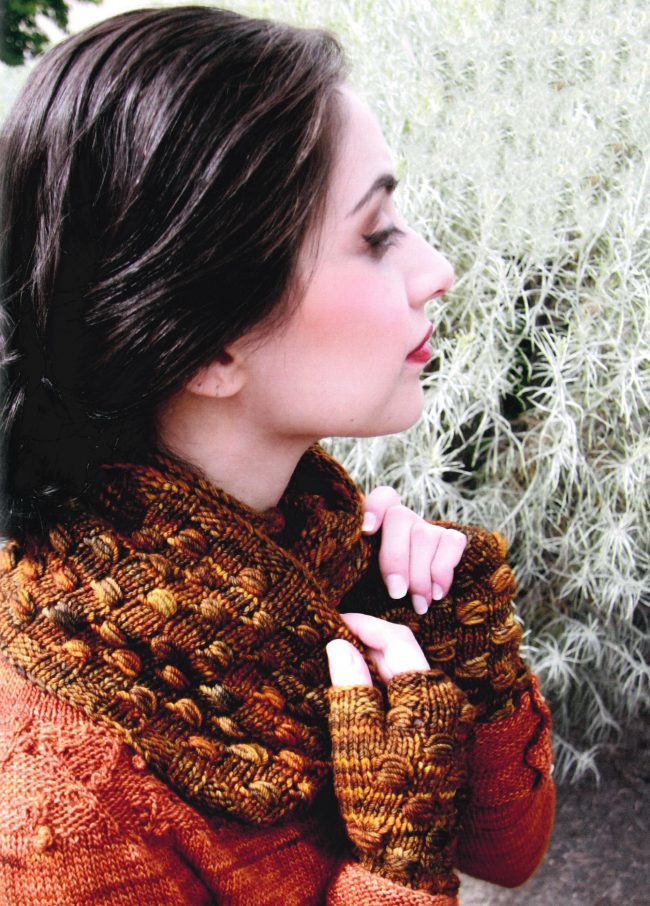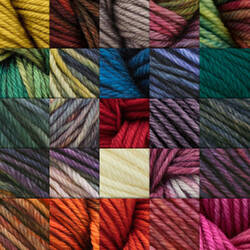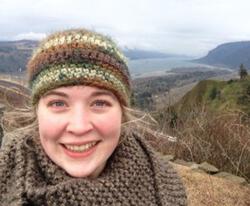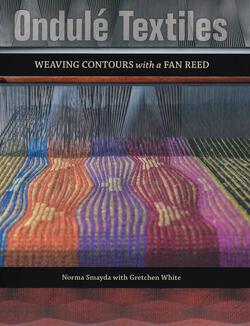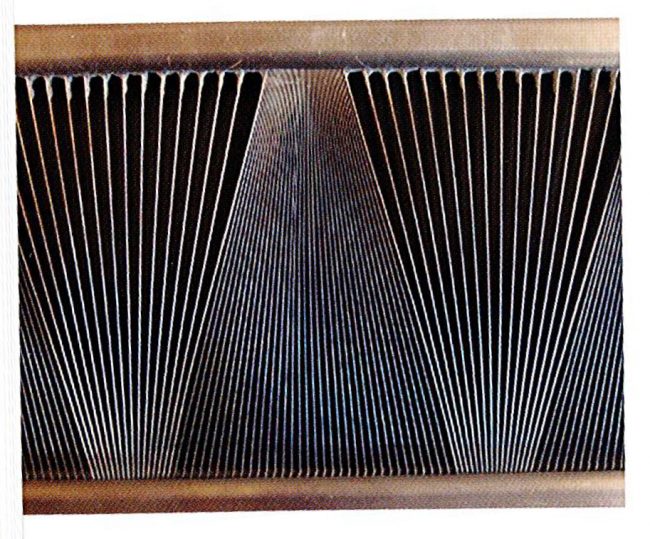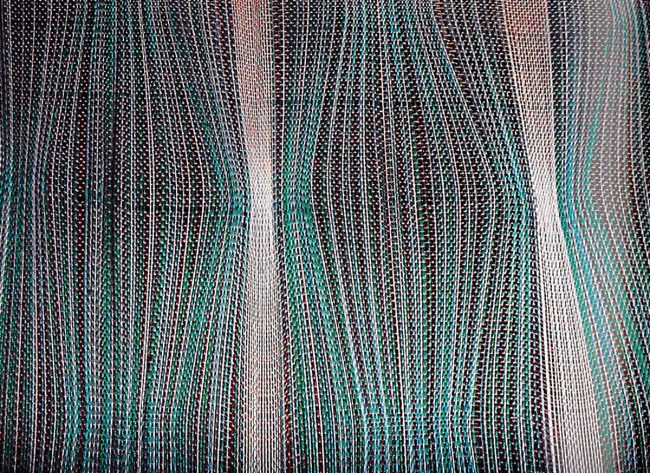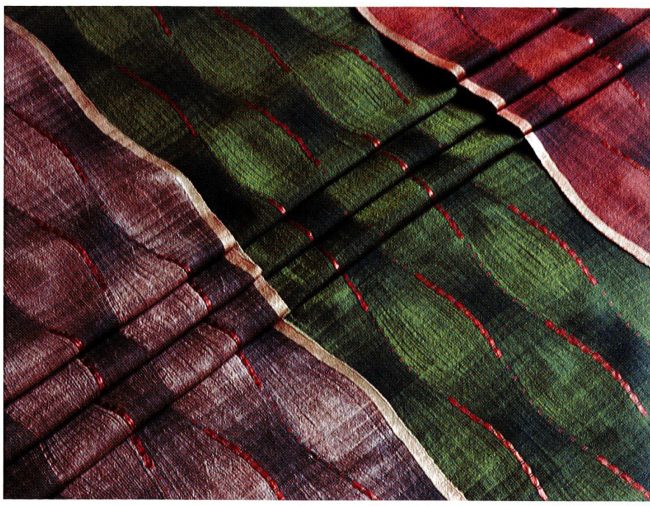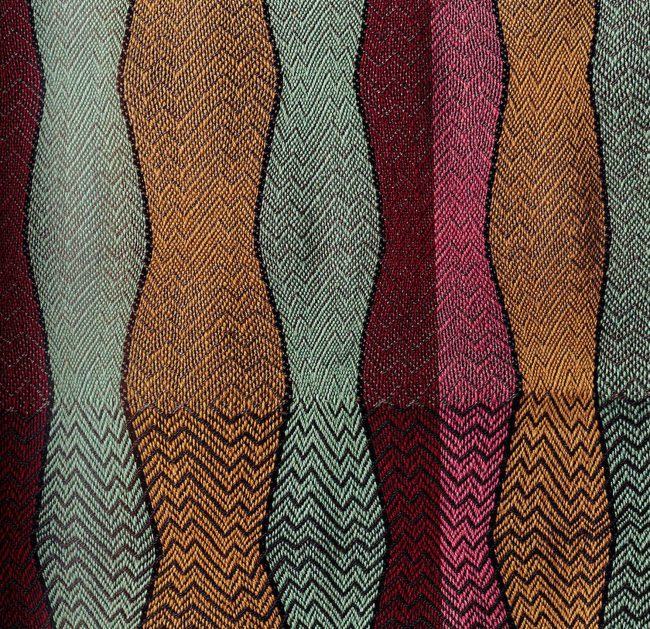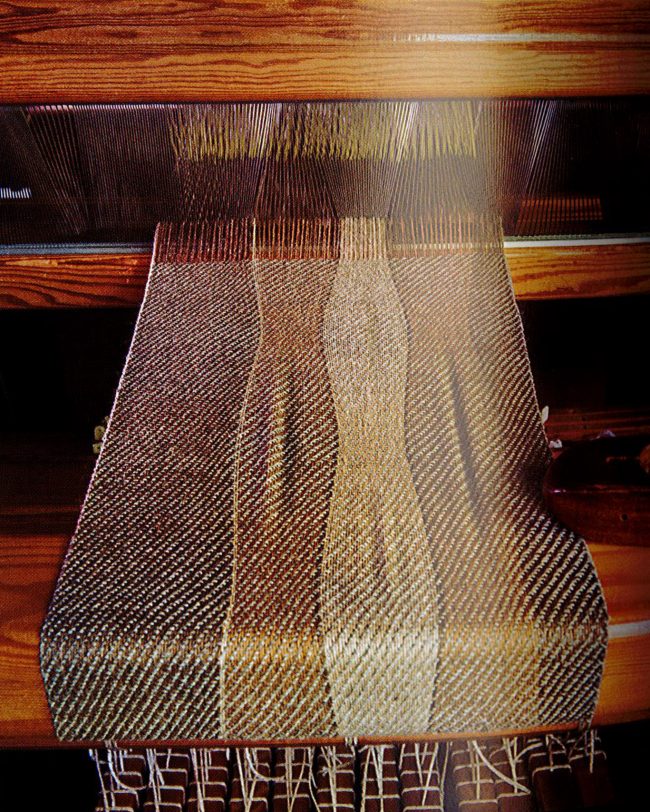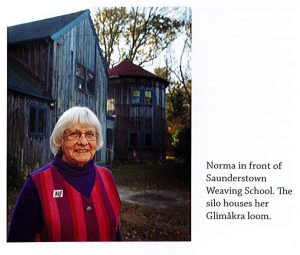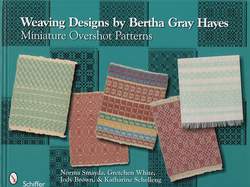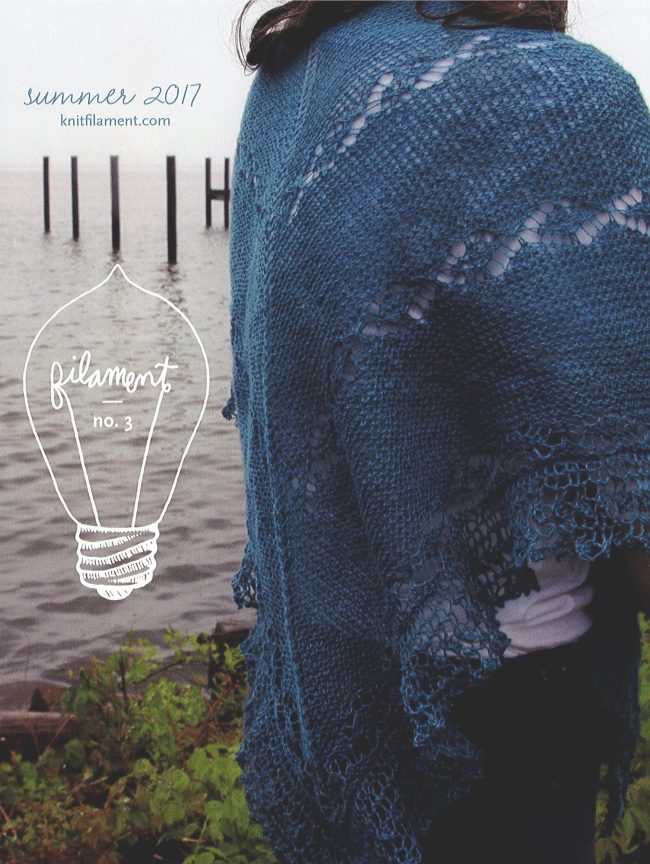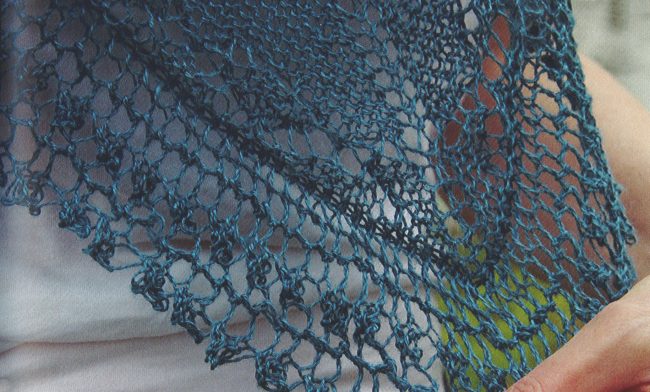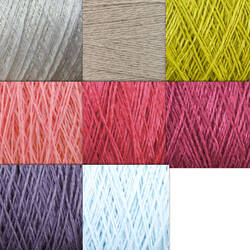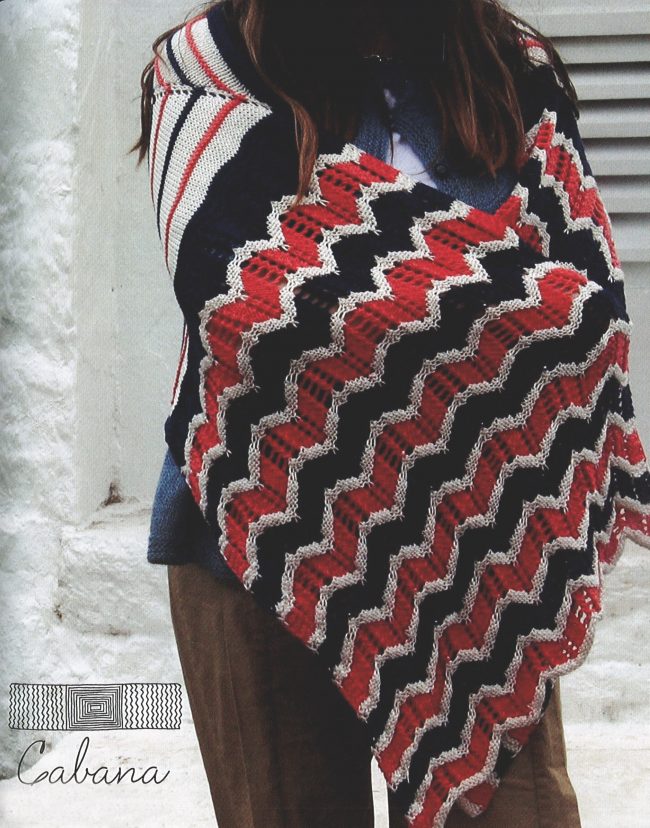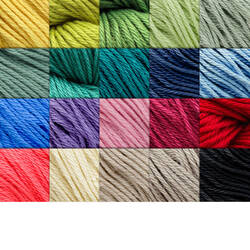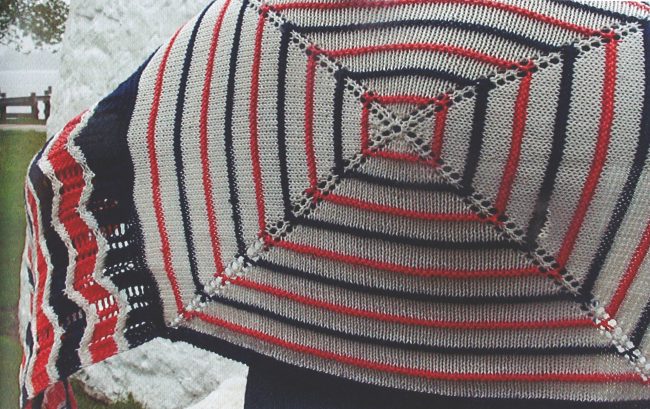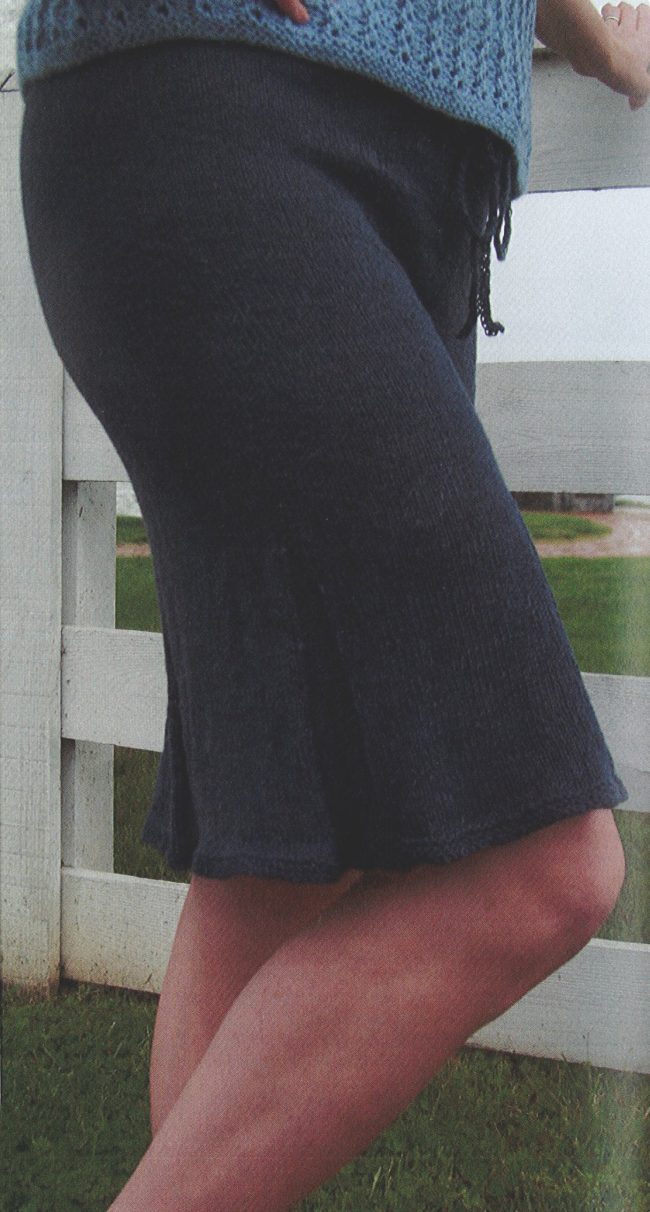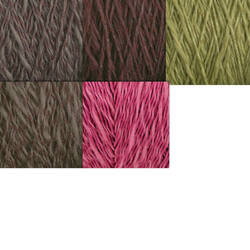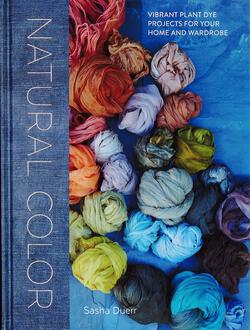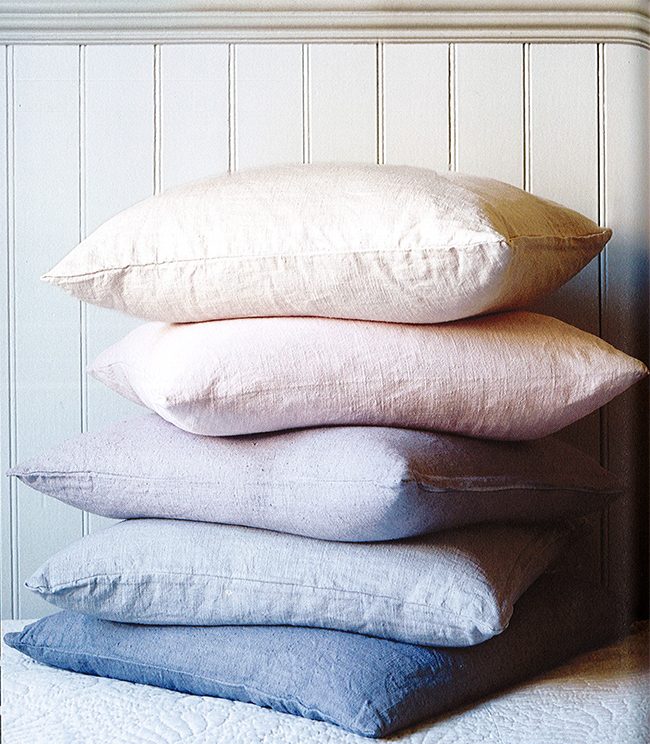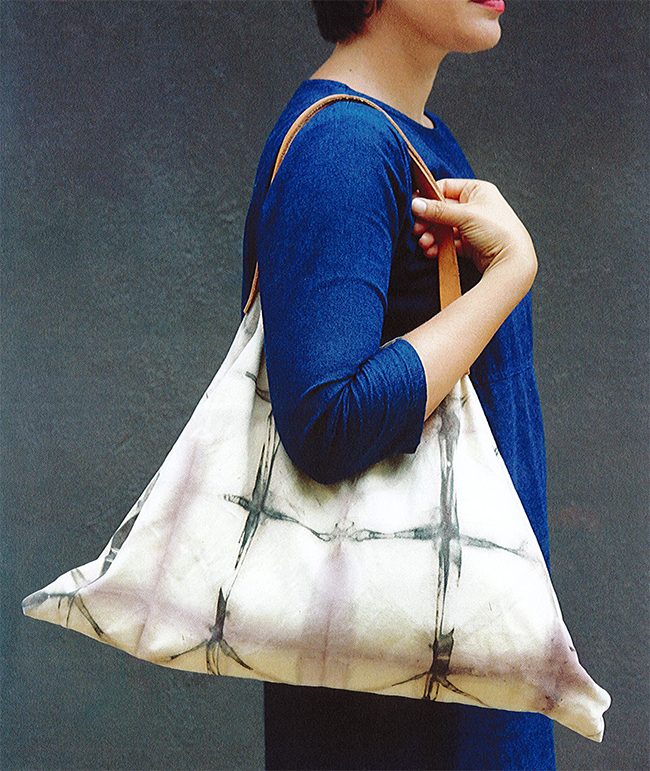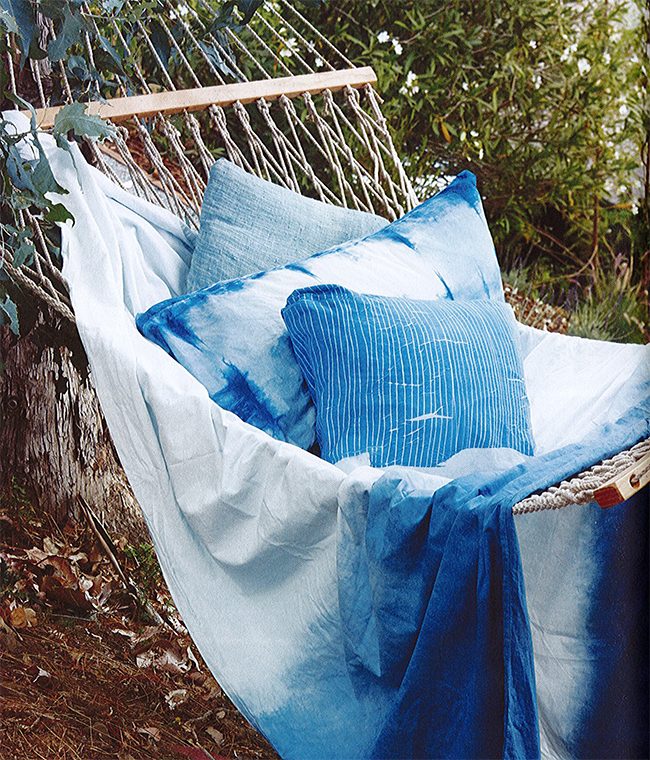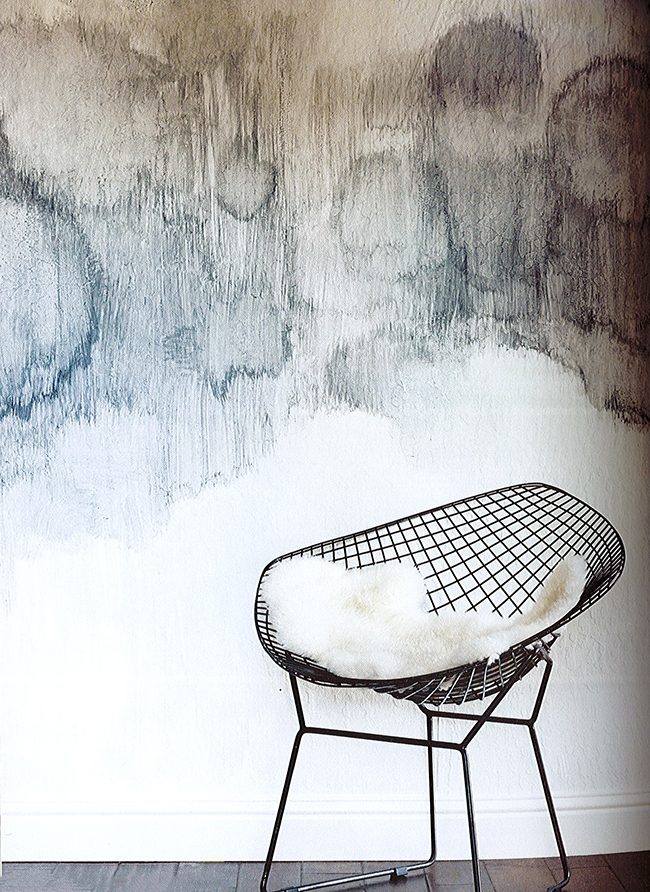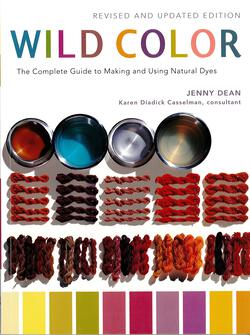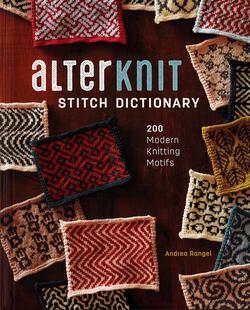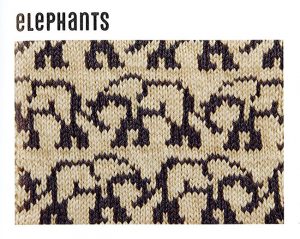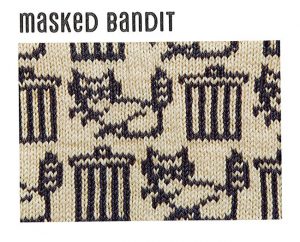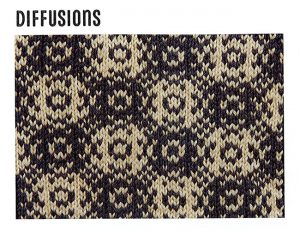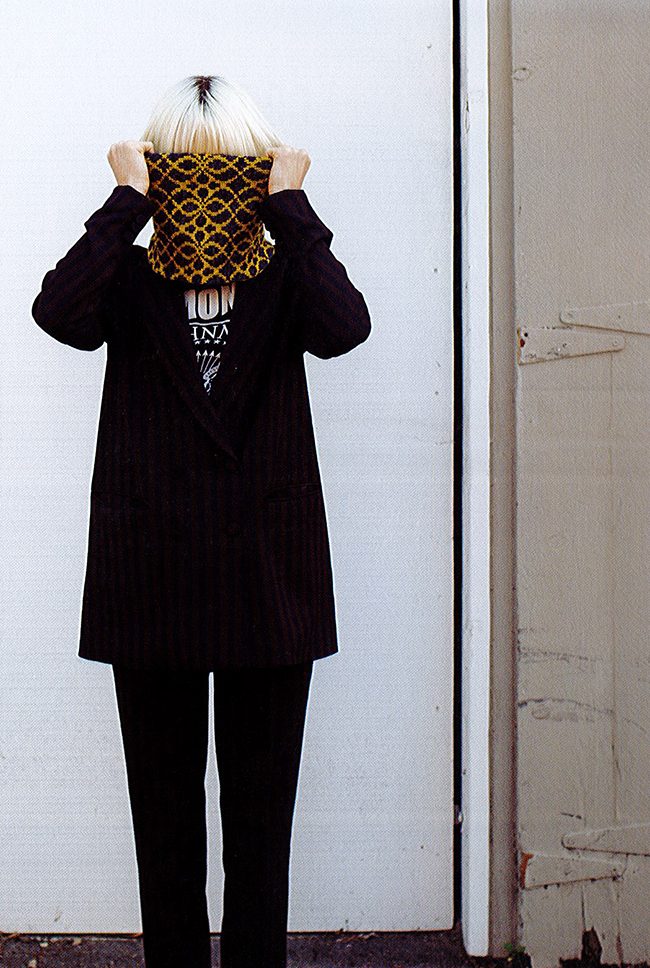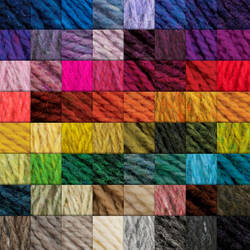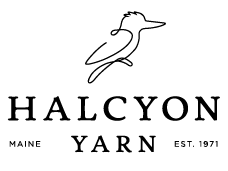Hello Baby Blatt!
As the proverbial saying goes, all good things must come to an end. That’s why we are sad to say we will no longer be stocking [Sorry, item discontinued or temporarily out of stock] . (So scoop up a great deal on what’s left!) It’s been a good run (many years, in fact), and although we’re bummed to see it go we are equally excited to welcome a new baby-geared yarn line in its place: Baby Blatt by Anny Blatt Yarn.
Baby Blatt by Anny Blatt Yarn is similar to Baby Ull in many ways, and slightly different in others. While both of these yarns are 100% superwash wool, Baby Blatt is noticeably softer than its predecessor. Baby Ull has most recently been sold as 180 yard/ 50 g ball, whereas Baby Blatt by Anny Blatt Yarn clocks in at 195 yards/ 50 g ball. Both yarns boast a color palette intended for (but not limited to) little ones, with plenty of shades to choose from. I don’t want to sound unappreciative of the wonderful pastels and soft tones of Baby Ull, but Baby Blatt by Anny Blatt Yarn introduces some newer, modern brights into the mix as well as offering the more predictable, tried and true baby shades. Another plus about this beautiful yarn is that it is made in the same mill that’s been producing it for decades. Named for legendary French knitwear designer Anny Blatt, Baby Blatt is spun in Provence, France, and the quality and care are evident in it’s luxurious feel. The fun colors, easy care, and extra-soft hand make it possible to knit awesome wee sweaters like the one shown below:
The sweater above is just one of many adorable projects found in [Sorry, item discontinued or temporarily out of stock] that can be made using Baby Blatt by Anny Blatt Yarn. Some of you might be familiar with Bouton d’Or Baby Superwash from France – these two yarns can be used interchangeably. Here are a few other charmers from the same book:
That textured yellow pullover above reminds me of a popular grown-up pattern we carry here at the shop, the [Sorry, item discontinued or temporarily out of stock] . That’s a neat coincidence of course, but the Bouton d’Or books are just full of other projects that I wish I could make in my size. These pieces below (especially the striped one on the bottom) are a perfect example, and they can be found in [Sorry, item discontinued or temporarily out of stock] .
The Bouton D’Or books I’ve mentioned come in a packet – originally printed in France, the glossy color copies are in their native language. A separate booklet is included that provides an English translation for each pattern.
Now since I’ve mentioned the other two books, I can’t leave the last one out! [Sorry, item discontinued or temporarily out of stock] contains the onesie pattern that started it all. When our lovely Anny Blatt representative came by to show us this yarn, she pulled out her own hand knit version of the onesie shown below. One touch convinced us that this soft yarn sure does make for comfortable, wearable baby clothes!
Looking through the collections in these books, I’m amazed at how many different results you can achieve with this versatile yarn. Baby Blatt by Anny Blatt Yarn doesn’t just have to be used for babies, either! This yarn is a great choice for just about any fingering weight project, from socks to shawls and everything in between. As we head into the holidays, there are so many great little garments to make for your favorite munchkins. These wee pieces knit up fast so there’s plenty of time if you start your stitching now!
Related items of interest: • Our yarns • Super Fine weight yarns • Wool yarns
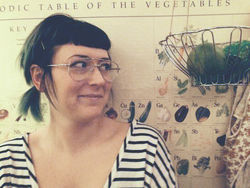
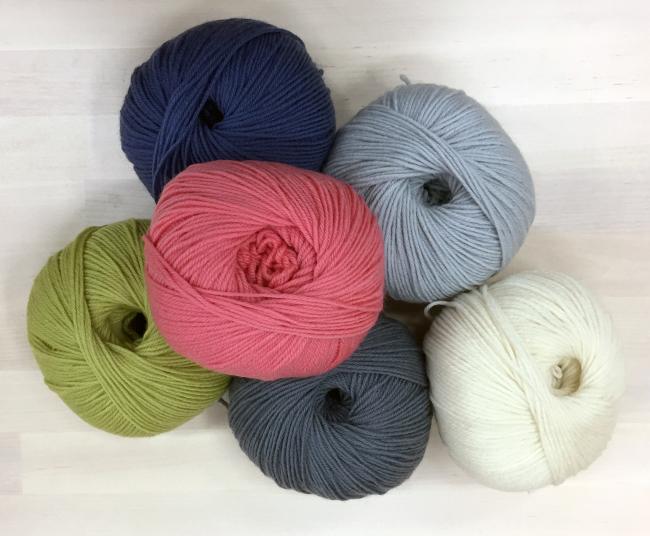
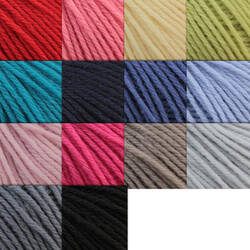
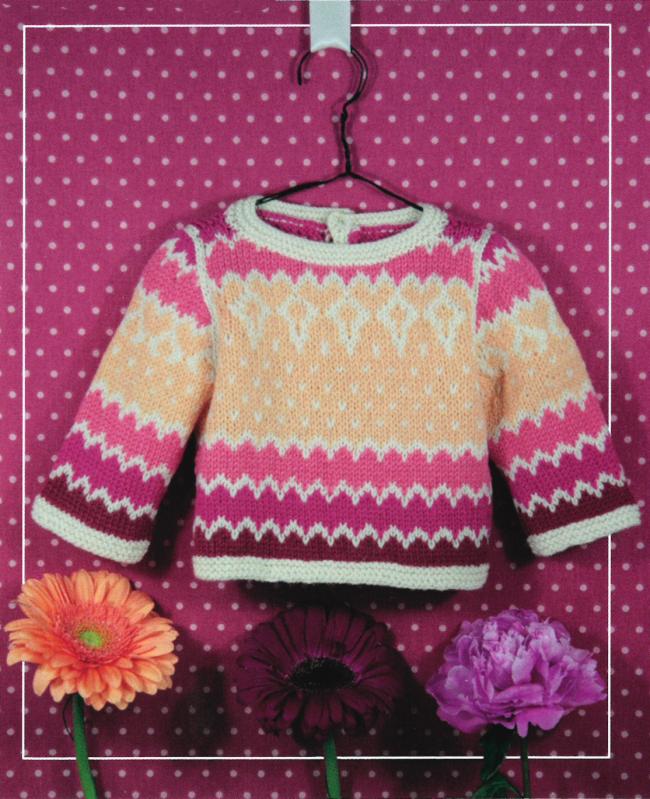
![[Sorry, item discontinued or temporarily out of stock]](/images_products/76800310.jpg)
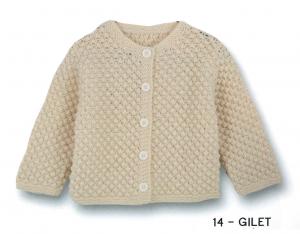
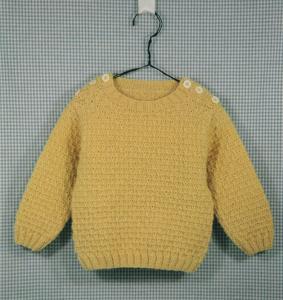
![[Sorry, item discontinued or temporarily out of stock]](/images_products/76800280.jpg)
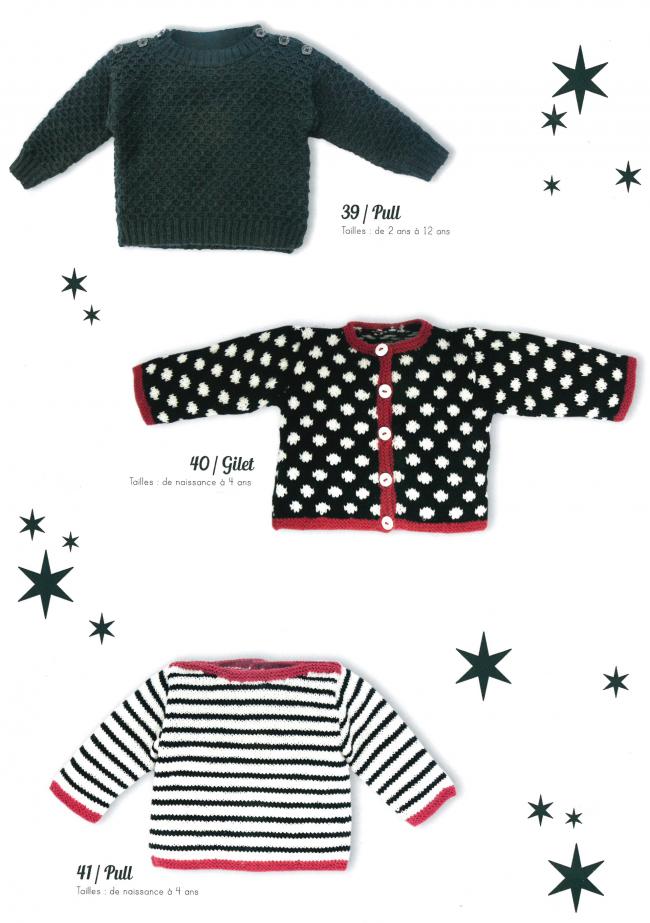
![[Sorry, item discontinued or temporarily out of stock]](/images_products/76800250.jpg)
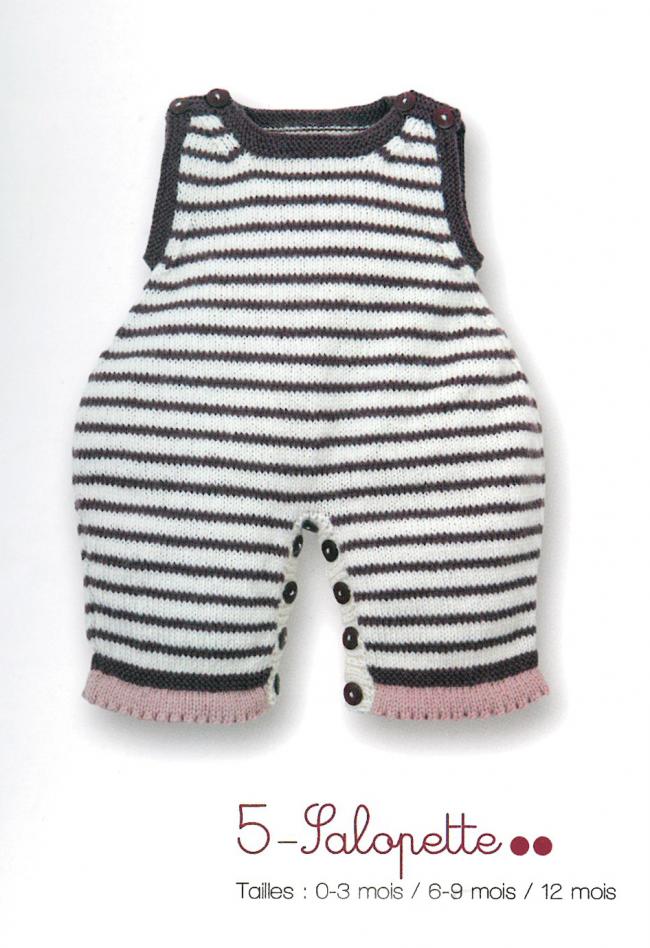
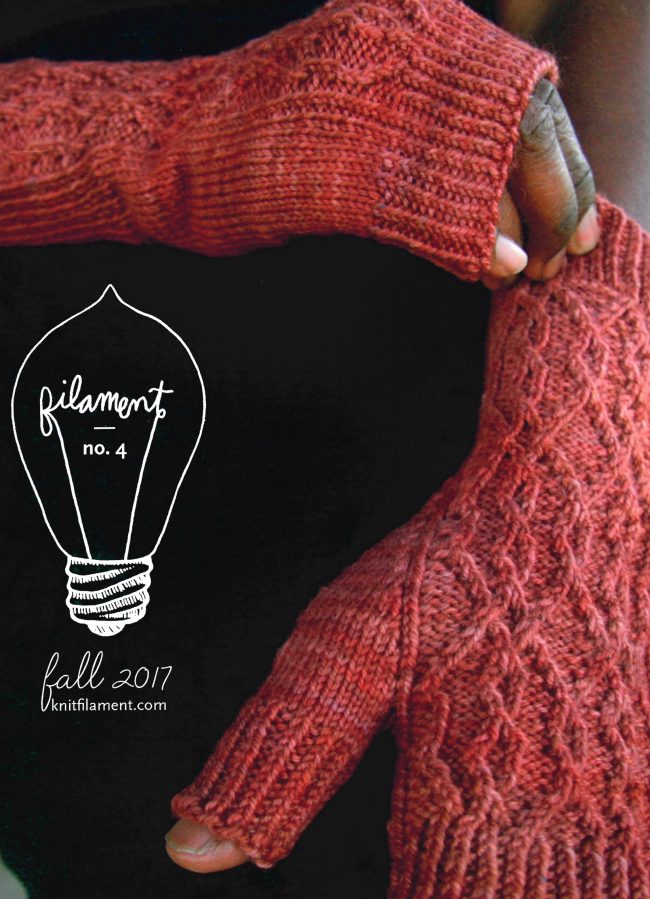
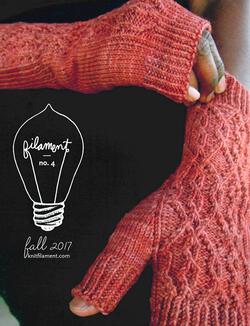

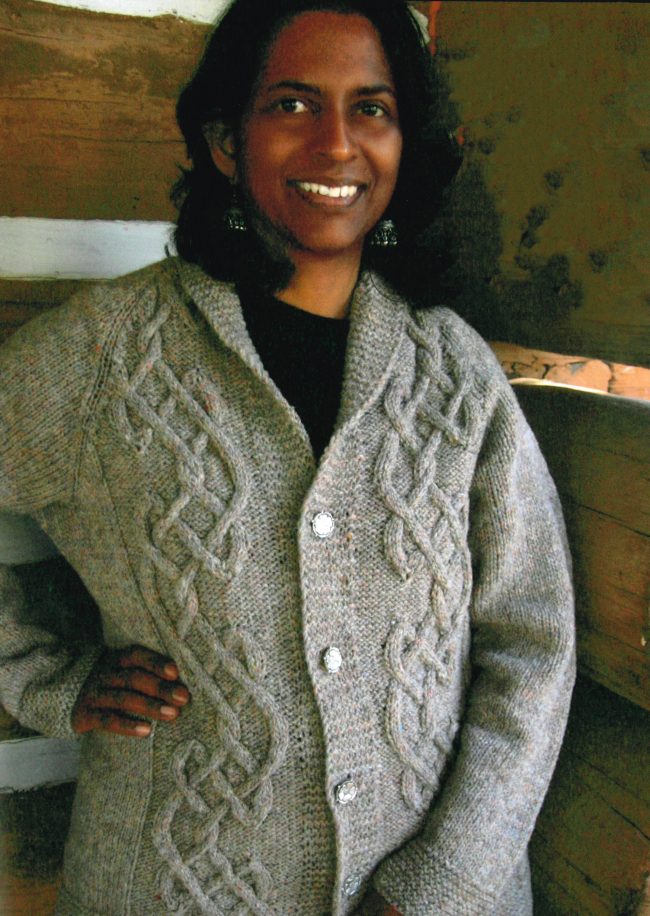
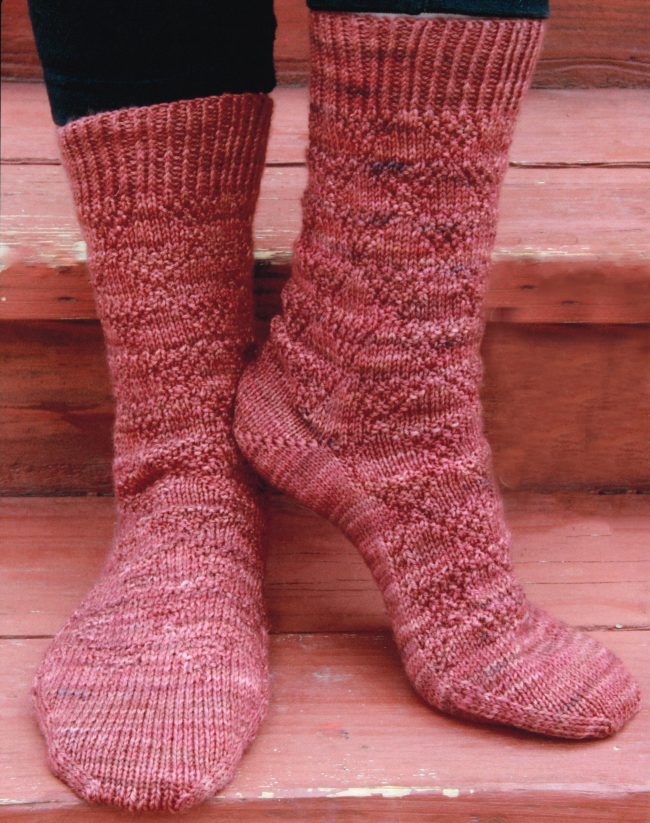
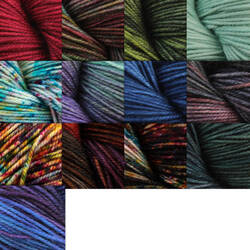
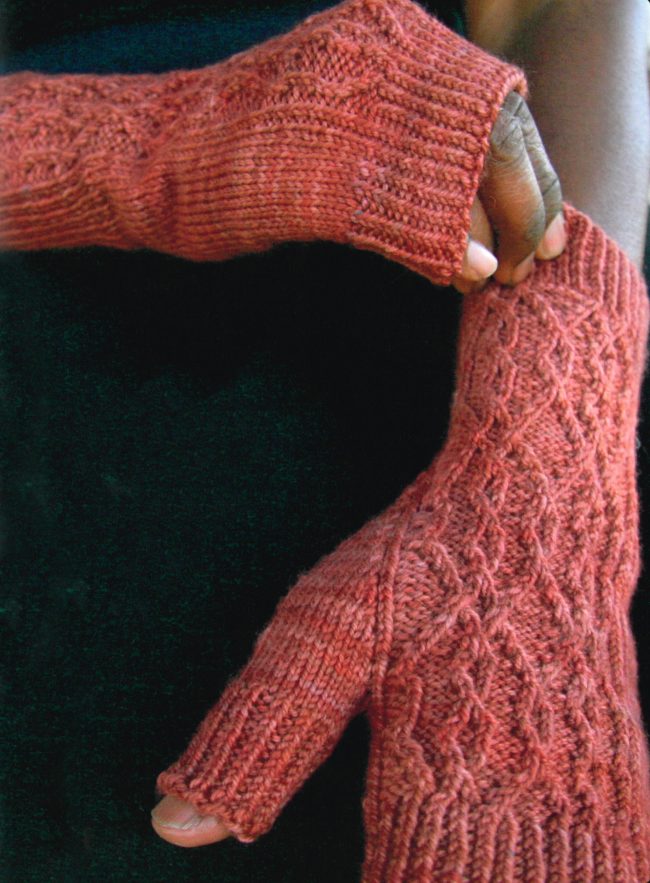
![[Sorry, item discontinued or temporarily out of stock]](/images_products/59161360.jpg)
